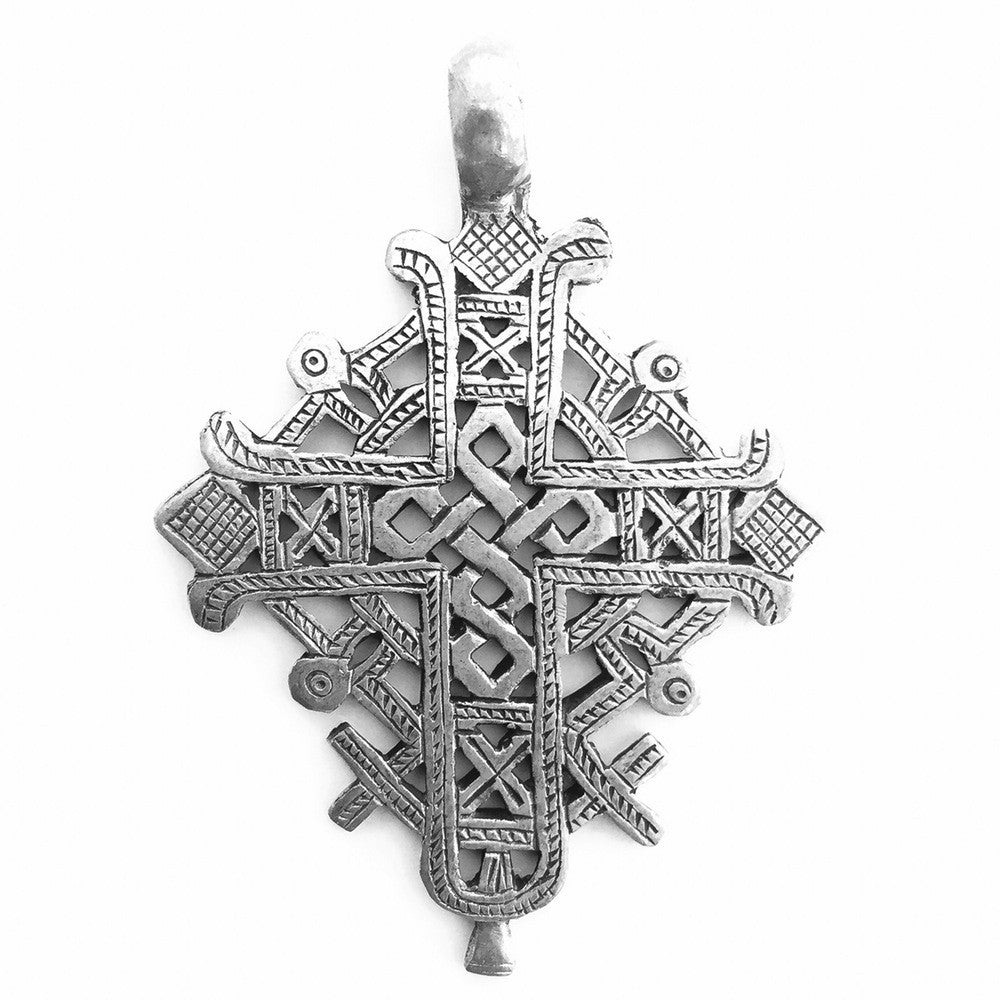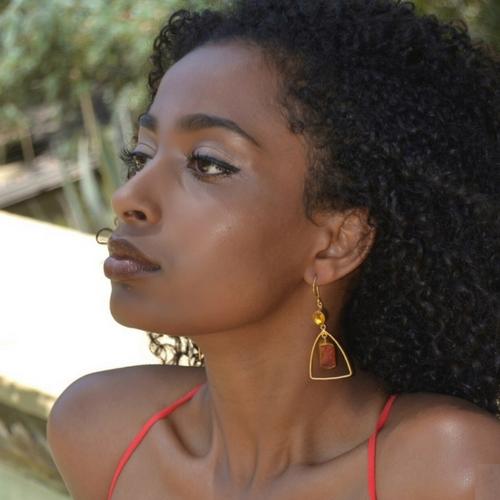Design I Culture I Lifestyle » holy city
-
The Originators of Fashion & Style
Africans have used jewelry since the beginning of time. In her book “Africa Adorned”, Angela Fisher shows the huge diversity of adornment in Africa. African jewelry is full of symbolism and communicates the status of the person wearing it; their prowess if they are priestess or a warrior, whether single or married, dowry size, etc. Worn by both men and women, all forms of organic materials are used as amulets or fetishes – metal, feather, leather, bone, horn, shell, wood, beads and or semi-precious stones.
The Karo tribe living along the borders of the lower Omo River in Ethiopia, incorporate rich, cultural symbolism into their rituals by using ornate body art, intricate headdresses and body scarification to express beauty and significance within their community.

The Tuareg who are among the last nomads on earth are famous for their stunning silver jewelry, hand etched in traditional designs. The cross of the Agadez is the most famous among the 21 emblems of the Tuareg – 21 different designs, each representing a specific nomadic enclave of Niger. One interpretation among many of their cross design is a representation of the Four Corners of the Earth – a metaphysical and spiritual compass for a people who are always on the move.

The variety of style of jewelry amongst african tribes and regions is as diverse as the continent itself. Jewelry is integral to our identity. It is innately in our DNA to express our creativity. It is in the rhythm that is Africa…the music, dance, landscape, architecture and art. It is our “Our Collective Genius”! Our tribal style is often duplicated on fashion runways. Billions has been made from the appropriation of our culture. We are and have always been taste makers.
In the words of George C. Wolfe “God created black people and black people created style.”
Love & Light!
Hanna
-
Lalibela - A Town of Artisans, Manifestors and Holy People
Lalibela is a holy city in Ethiopia and that is a name collectively given to these unique style of crosses. Over the years many, many different designs and styles of crosses developed and these designs became identified with a specific region of Ethiopia. What makes the Lalibela cross special? Every cross in the world is built around the Latin or the Greek Cross with variation on these two underlying designs but not the Lalibela cross. The Lalibela cross stands as the third variation that stands on its own. Some might even wonder how it could even be considered a cross. Historian consider the Ethiopic crosses are emblematic trees whose branches touch on many meanings. The incorporation of solar discs radiates in broad variety, interspersed with stars of David, tree birds, all varieties of cross point to an intentional talismanic concentration of symbols.
Close inspection of the Lalibela cross will reveal a series of recurring motifs and tropes. Heaven is represented by two oblong circles connected to one another. This symbol is not unlike and more than likely derived from the Egyptian Ankh, an ancient character symbolizing life. Overall the Lalibela cross is the simplification of the human body into a geometric design of a triangle and circle. The circle atop a triangle seems to suggest a sitting figure. So, the design not only represents a special historic time in the Christian Church, Christ and his disciples but the communion of man and God.
At Mombasa, it is simply the most beautiful cross and deserves to be shared with the world. All of our Lalibela crosses are handmade in Ethiopia by artisans. Each design is unique and should find a special woman with impeccable taste and a cultivated sense of style.
Love & Light,
Mombasa





